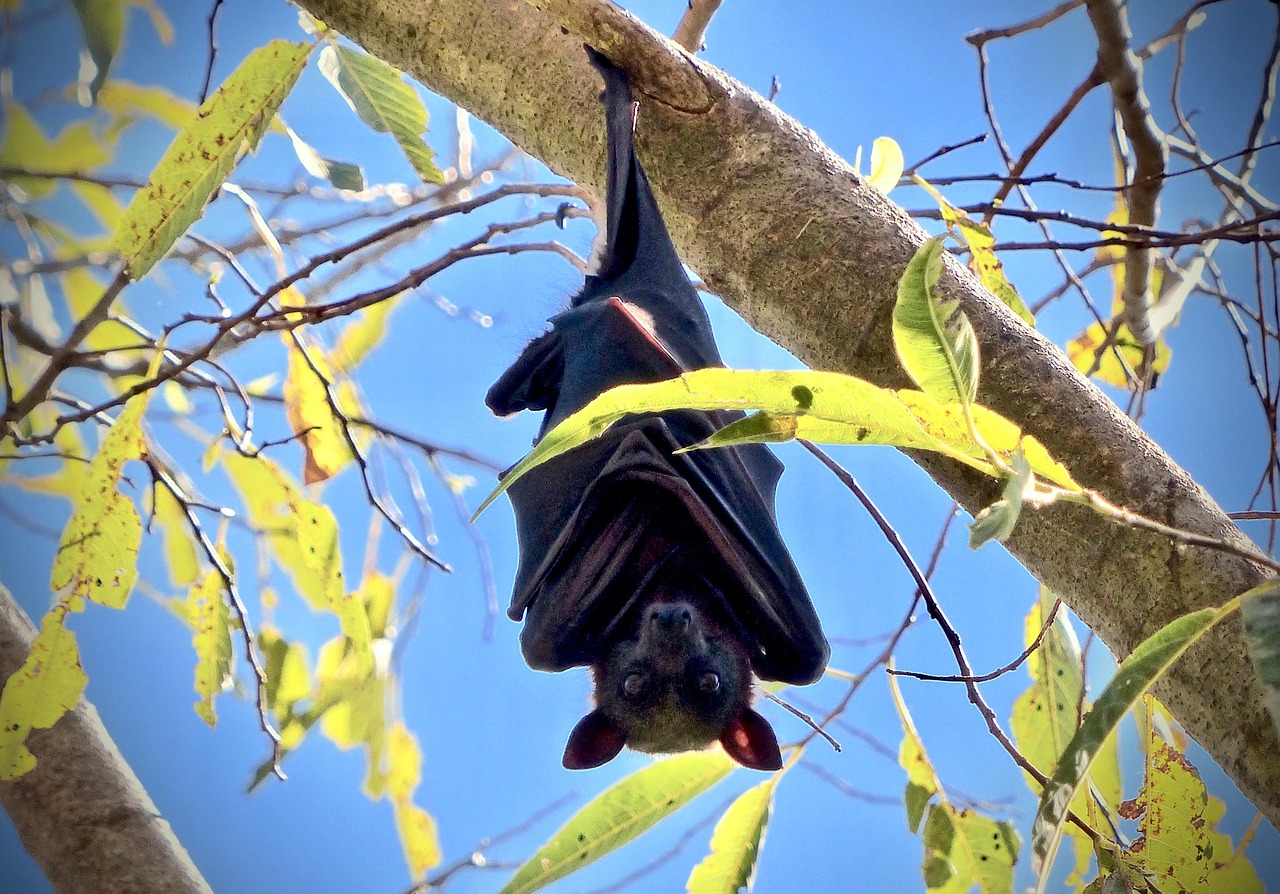Scientists Detect New Virus in Australian Bats
(MENAFN) Australian scientists have detected a new virus in flying foxes, a key step in monitoring emerging infectious diseases.
The virus, named Salt Gully virus, was found in bat urine samples from Queensland and belongs to the henipavirus family, which includes the deadly Hendra and Nipah viruses. The discovery was confirmed in a statement released on Wednesday by the Commonwealth Scientific and Industrial Research Organization (CSIRO), Australia’s premier national science agency.
The virus was successfully isolated and cultured at CSIRO’s Australian Center for Disease Preparedness (ACDP) in Geelong, Victoria, in a high-security laboratory.
Henipaviruses are recognized by the World Health Organization as high-priority pathogens due to their potential for severe outbreaks. However, researchers have emphasized that there is no immediate health threat. Jennifer Barr, an experimental scientist at CSIRO’s ACDP and the study’s lead author, stated that early findings show the virus has been circulating in bats since at least 2011, with no evidence of causing illness in humans or animals.
Preliminary laboratory results indicate that Salt Gully virus infects cells in a way that differs from Hendra and Nipah, leaving its ability to cause disease uncertain.
The discovery is expected to assist in the creation of diagnostic tests, enhancing Australia’s preparedness should the virus spill over into humans or livestock, according to the study published in Emerging Infectious Diseases, a journal of the U.S. Centers for Disease Control and Prevention.
The virus, named Salt Gully virus, was found in bat urine samples from Queensland and belongs to the henipavirus family, which includes the deadly Hendra and Nipah viruses. The discovery was confirmed in a statement released on Wednesday by the Commonwealth Scientific and Industrial Research Organization (CSIRO), Australia’s premier national science agency.
The virus was successfully isolated and cultured at CSIRO’s Australian Center for Disease Preparedness (ACDP) in Geelong, Victoria, in a high-security laboratory.
Henipaviruses are recognized by the World Health Organization as high-priority pathogens due to their potential for severe outbreaks. However, researchers have emphasized that there is no immediate health threat. Jennifer Barr, an experimental scientist at CSIRO’s ACDP and the study’s lead author, stated that early findings show the virus has been circulating in bats since at least 2011, with no evidence of causing illness in humans or animals.
Preliminary laboratory results indicate that Salt Gully virus infects cells in a way that differs from Hendra and Nipah, leaving its ability to cause disease uncertain.
The discovery is expected to assist in the creation of diagnostic tests, enhancing Australia’s preparedness should the virus spill over into humans or livestock, according to the study published in Emerging Infectious Diseases, a journal of the U.S. Centers for Disease Control and Prevention.

Legal Disclaimer:
MENAFN provides the
information “as is” without warranty of any kind. We do not accept
any responsibility or liability for the accuracy, content, images,
videos, licenses, completeness, legality, or reliability of the information
contained in this article. If you have any complaints or copyright
issues related to this article, kindly contact the provider above.
Most popular stories
Market Research

- Poppy Seed Market Size, Share, In-Depth Insights, Opportunity And Forecast 2025-2033
- The Dubai Insiders Club Expands Access To Australia And Asia Amid Surge In International Investor Demand
- What Are The Latest Trends In The Europe Steel Market For 2025?
- UK Digital Health Market To Reach USD 37.6 Billion By 2033
- Nowpayments To Participate In Sigma Europe Rome 2025
- Japan Skin Care Products Market Size Worth USD 11.6 Billion By 2033 CAGR: 4.18%






















Comments
No comment